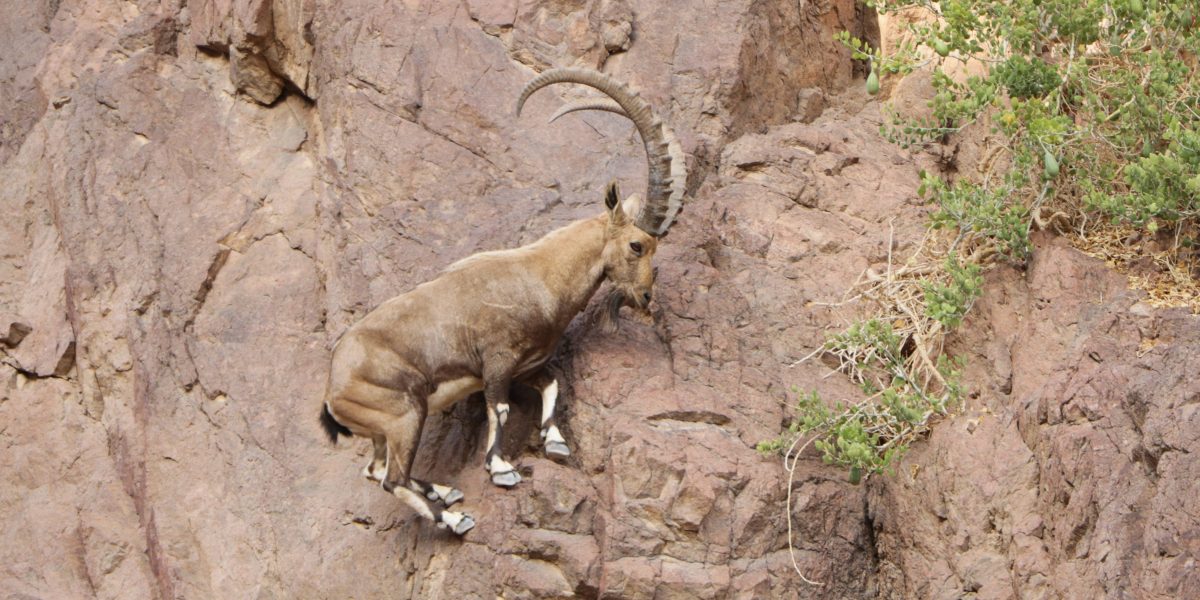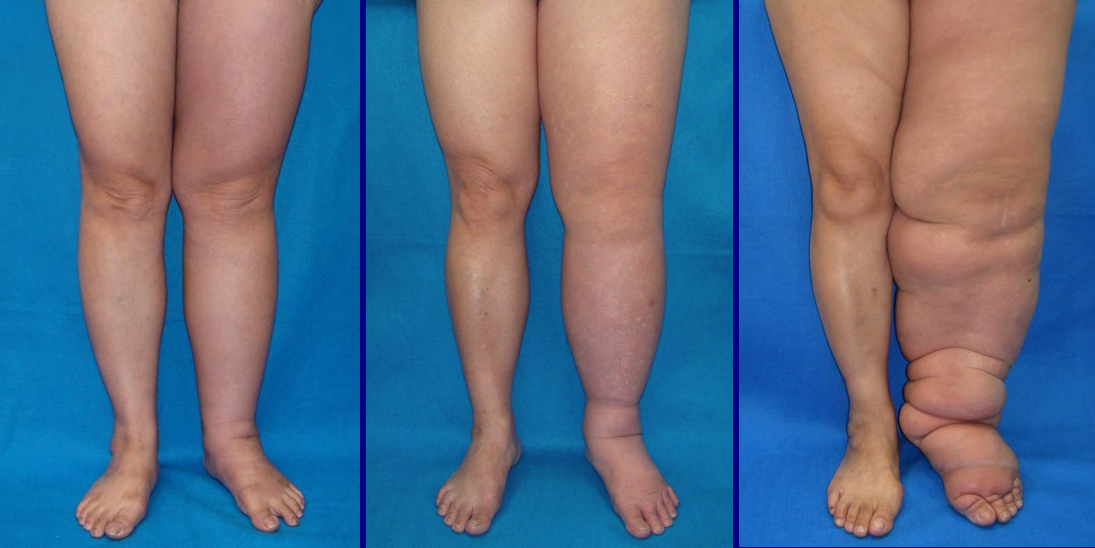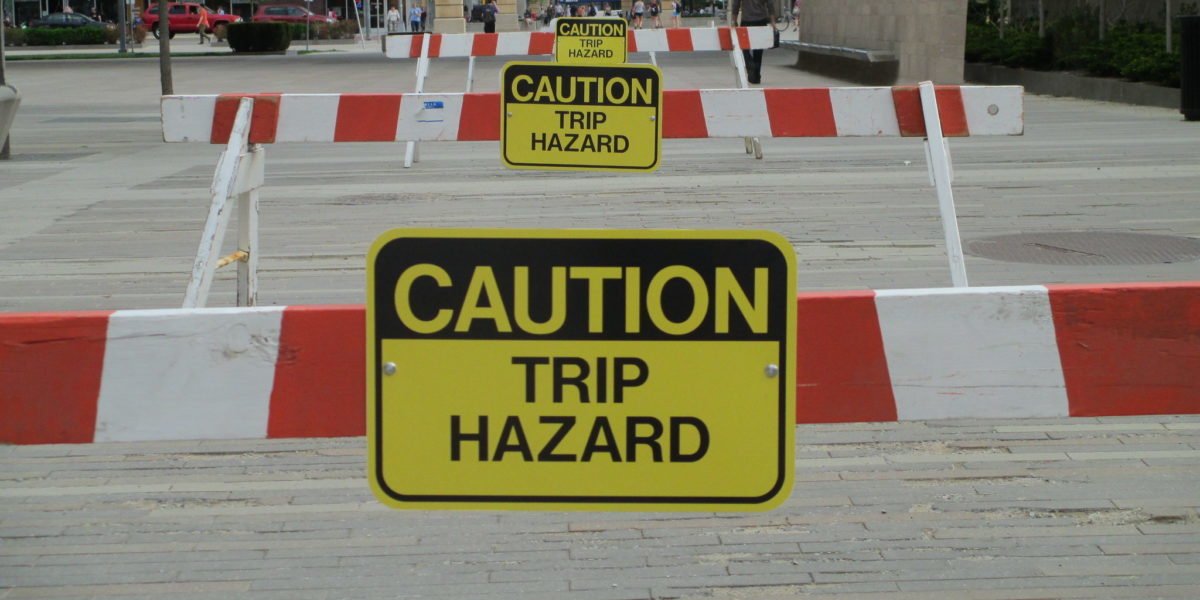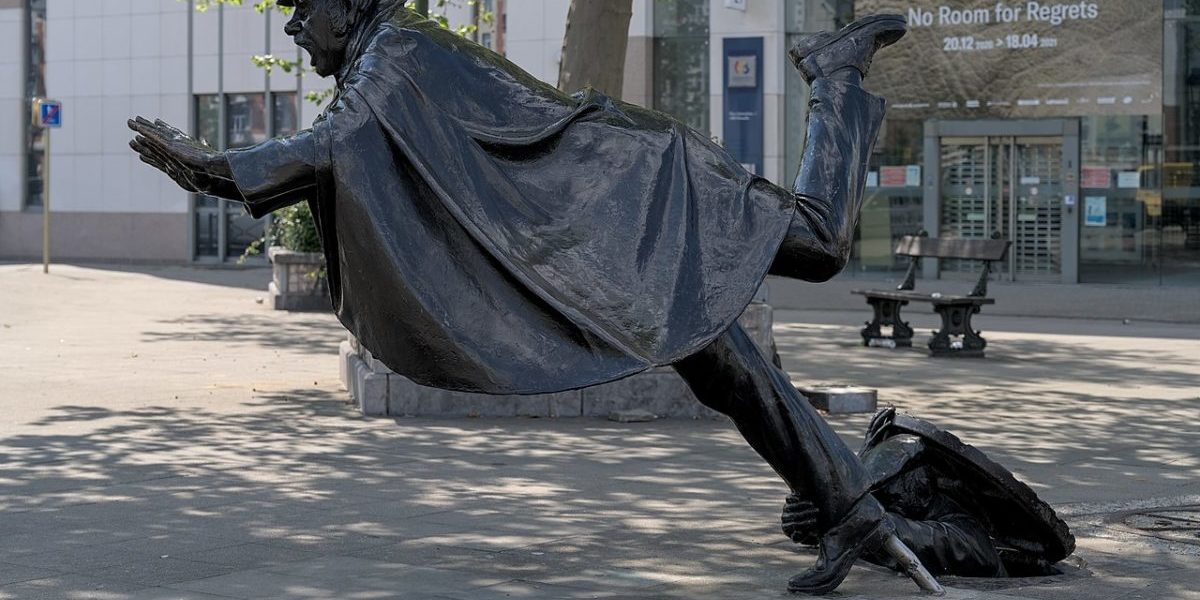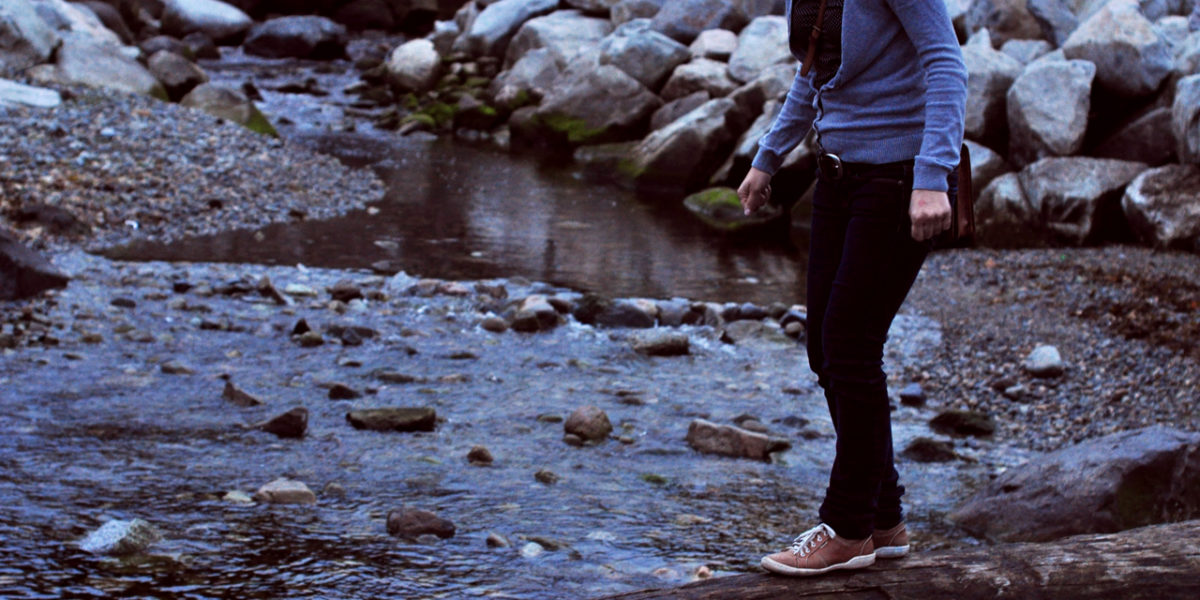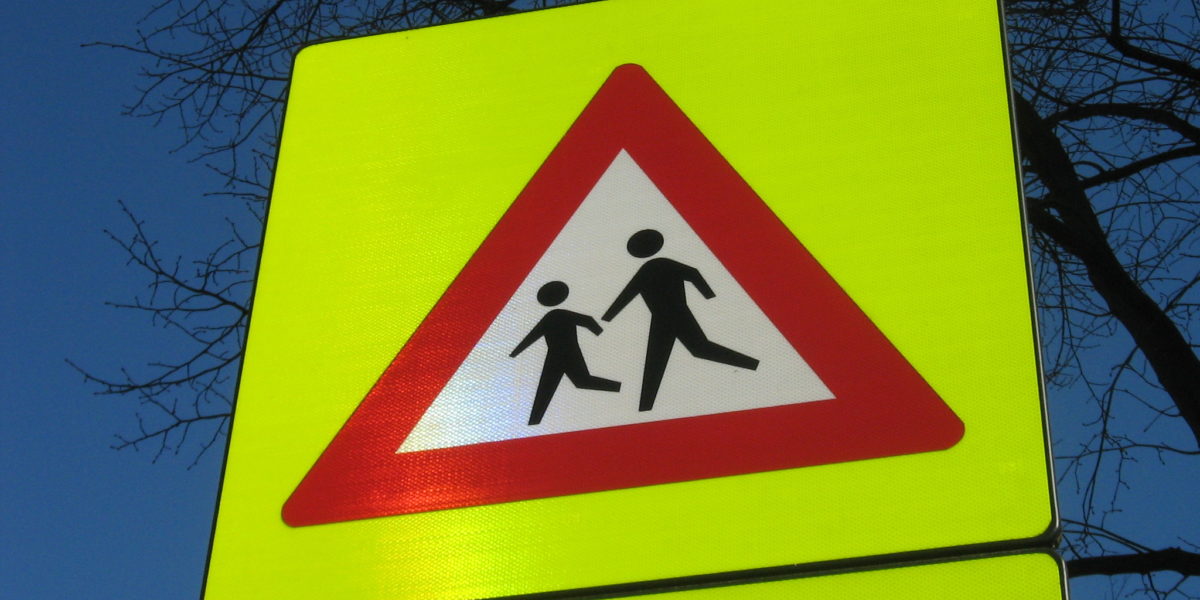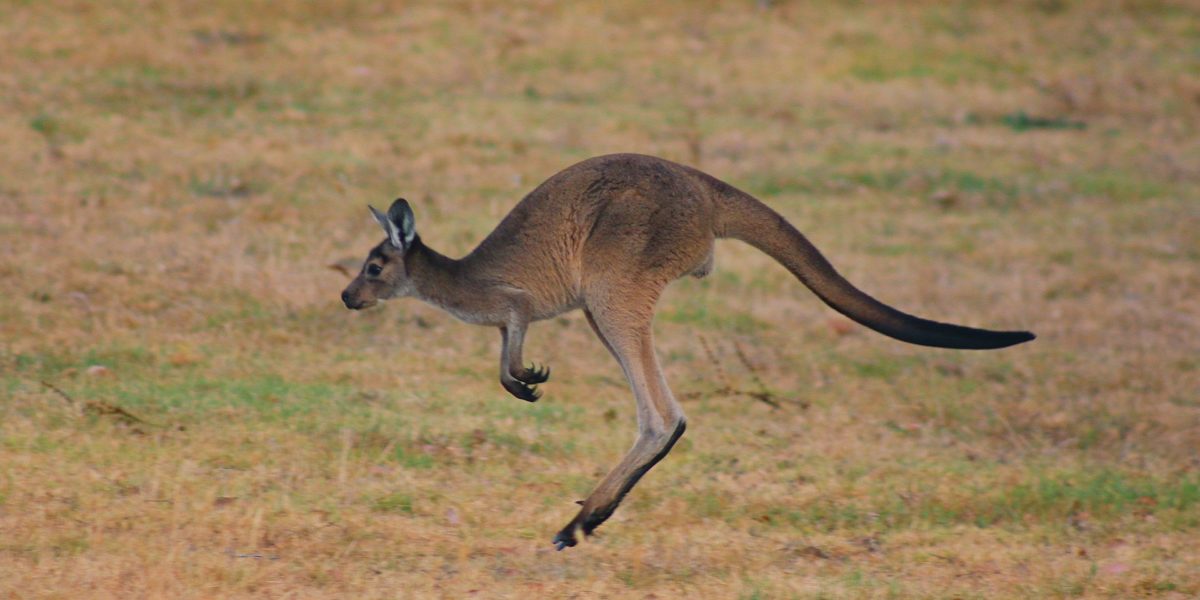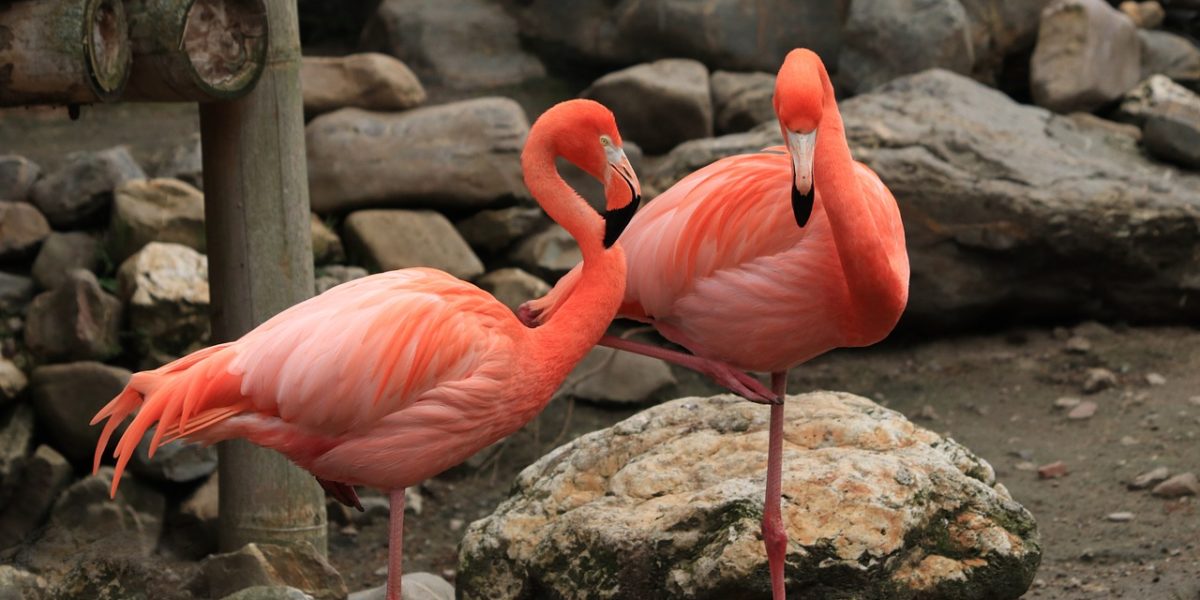In the world of engineering, the optimization of prosthetics and robotics is at the forefront of research. However, many designs are faced with the same problem – poor stability, especially when it comes to rough or sloped surfaces. This prevents amputees from being able to enjoy outdoor activities such as hiking and rock climbing, and traversing robots from being able to perform complex search and rescue. So, researchers have gotten creative and have decided to look into nature. Naturally, mountain goats became a prime source of inspiration due to their ability to seemingly defy gravity when scaling mountain tops. How do they do this? To answer this question, plenty of research has been conducted to look into things like goat anatomy, joint angles, centers of mass, ground reaction forces, and more.
Continue reading “How Goats Defy Gravity and How it Has Inspired Engineers”Tag: balance
Balancing the Load: Understanding Pressure Distribution in Prosthetic Sockets
How do pressure profiles and shear stresses in prosthetic sockets affect prosthesis user comfort? For prosthesis users, comfort is essential for mobility, quality of life, and long-term health. The fit and alignment of a prosthesis are highly individualized and crucial for instilling confidence in daily activities. However, current prosthesis fittings are largely subjective, depending on the prosthetist’s experience and user feedback. This qualitative method often overlooks the critical factor of pressure distribution within the socket, which can significantly impact pain levels and ease of movement.
Read more: Balancing the Load: Understanding Pressure Distribution in Prosthetic Sockets Continue reading “Balancing the Load: Understanding Pressure Distribution in Prosthetic Sockets”Footsteps and Force-Waves: New Methods of Measuring Lymphedema
The lymphatic system is a system of vessels and lymph nodes that runs parallel to our vascular system. It takes up extra fluid from around our cells, filters it, and returns the liquid to our circulatory system. When part of the lymphatic system is damaged by surgery, radiation treatments, or injury, a progressive disease called lymphedema can occur.
Continue reading “Footsteps and Force-Waves: New Methods of Measuring Lymphedema”Slipping or Tripping? Researchers Find Best Way to Regain Your Balance
Everyone has slipped or tripped at some point in their lives. Whether it is walking on an icy road to get to your car or tripping over the Lego set your kid refused to put away, everyday obstacles can cause us to lose our balance. Often this results in a brief moment of panic followed by the uneasy relief of regaining your footing, but for those who aren’t lucky enough to avoid falling, the results can be devastating. This is especially prevalent in populations more susceptible to falling. Falling in the workplace accounts for 16.8% of all non-fatal injuries leading to days taken off work. It is thought that this is due to the high volume of slipping or tripping obstacles encountered in some occupations. Additionally, 36 million falls resulting in 32,000 deaths were reported for the 65+ year old population of the US. Elderly individuals may lack the strength and reflexes necessary to recover their balance quickly. This is especially worrisome because the elderly are also the most at risk for the major health complications that can be caused by fall related injuries.
Continue reading “Slipping or Tripping? Researchers Find Best Way to Regain Your Balance”Falling for You: How to Reduce Fall Risks?
The majority of people know what a fall is and, in fact, many people have unfortunately experienced one or a few. But what would be a good definition for what a fall is? Simply put, a fall is something that happens when you lose your balance and cannot recover. Falls have the potential to ruin anyone’s day. For some, however, the risk is far more severe than that as falls are one of the leading factors in injury and death among the elderly population. This will continue to be a problem as the number of elderly people in the United States is expected to increase dramatically over the next fifty years.
Continue reading “Falling for You: How to Reduce Fall Risks?”Living Off Balance
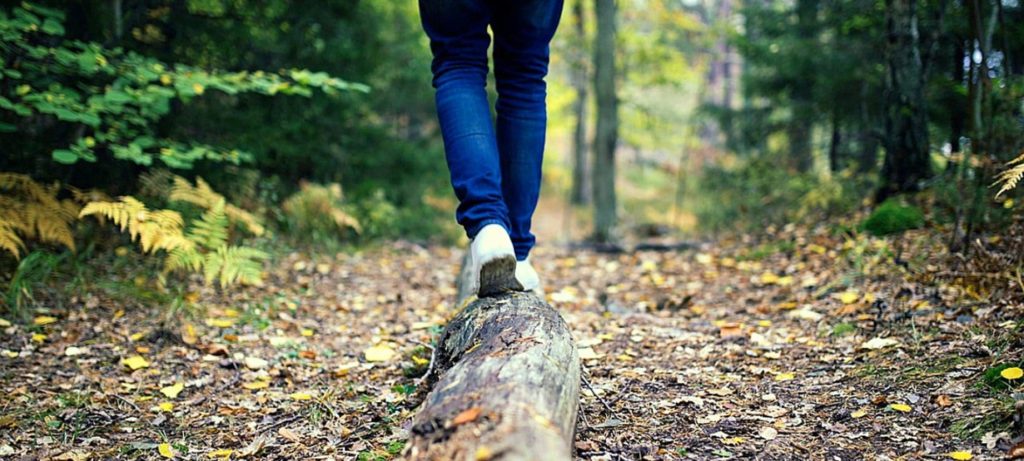
Imagine yourself walking at a normal pace down the sidewalk. Maybe you are on your way to class. The sidewalk has a little bit of a tilt causing your left foot to be higher than the right as it plants on the ground. Imagine how your body may compensate after a few minutes of walking on this path. We have all walked on uneven ground and began to feel the effects with sore knees or hips. But what if you felt this same way all the time even on perfectly flat terrain? This is the reality for those with leg length discrepancies.
Continue reading “Living Off Balance”Put One Foot in Front of the Other? It’s Not that Easy
From Christmas movies to pop songs to motivational posters, we are encouraged to keep putting “one foot in front of the other.” While the sentiment is inspiring, recent studies show that there is a lot more to the seemingly simple task of walking than this phrase would suggest. Understanding this is especially important for balance and mobility after an injury or as people age.
Continue reading “Put One Foot in Front of the Other? It’s Not that Easy”Secret Behind Kangaroos’ Tail
Red kangaroos can reach speed of more than 35 miles an hour, they can also cover an area 25 feet long and get up to 6 feet high in one jump using their tail like a spring to give them more power. When kangaroos want to move slowly, they do kind of lean on their tail, to support their body. When kangaroos are grazing they move their hind pairs of feet together which makes their movement awkward but the power behind them in their tail is keeping them balanced. There was always a question of why Kangaroos are placing their tail on the ground when they are walking slowly.
Continue reading “Secret Behind Kangaroos’ Tail”How do Flamingos Stand on One Leg?
How long can you stand up before you get tired?
This is an important question for animals that sleep standing up, like horses and flamingos. Our joints are stabilized by muscles, but the constant activation of muscles needed to maintain balance requires energy and induces fatigue.
Continue reading “How do Flamingos Stand on One Leg?”